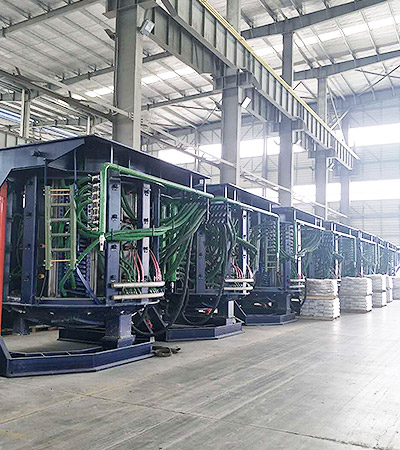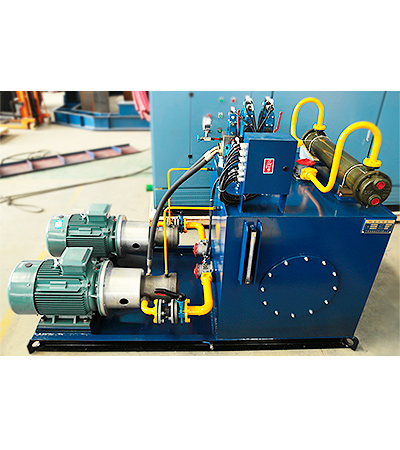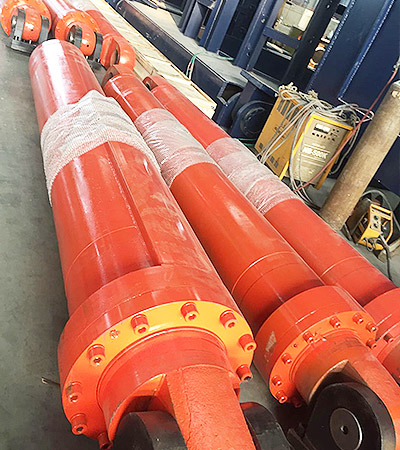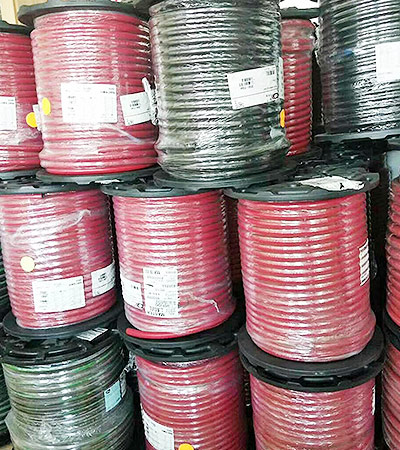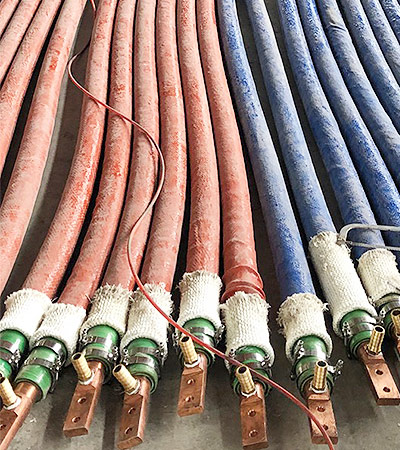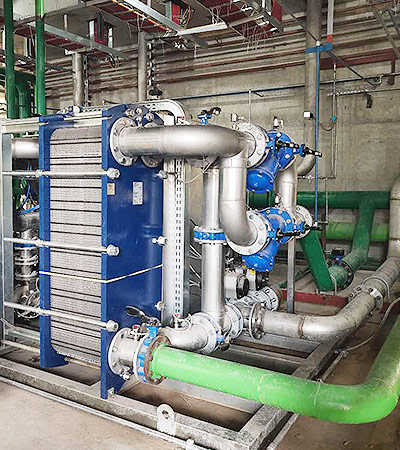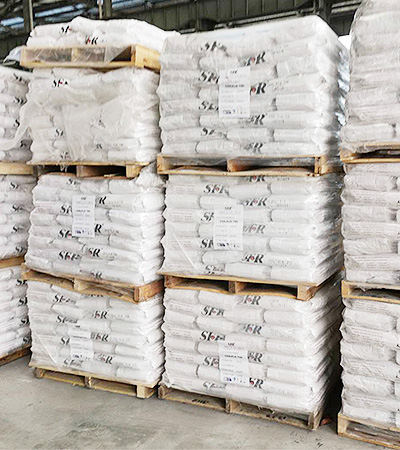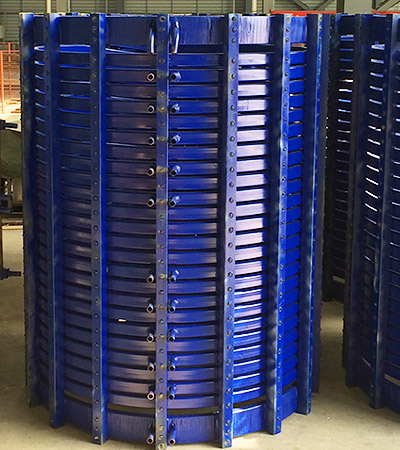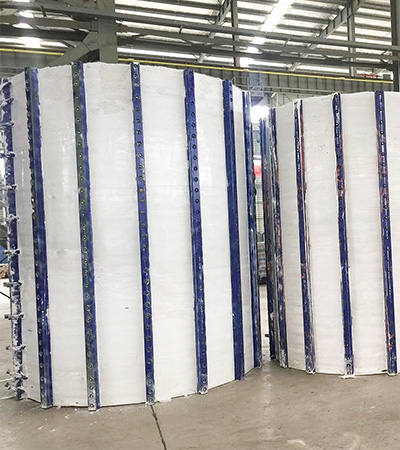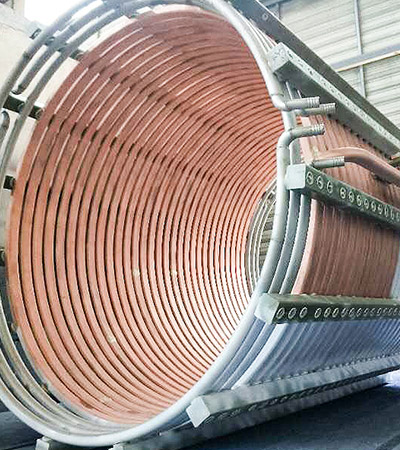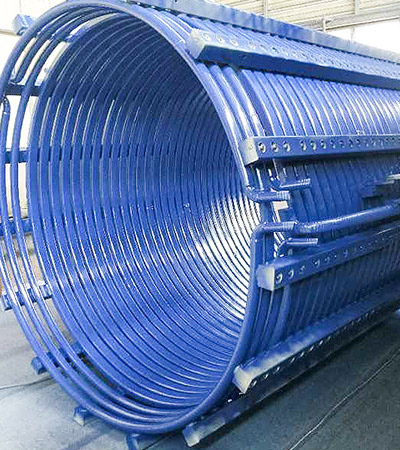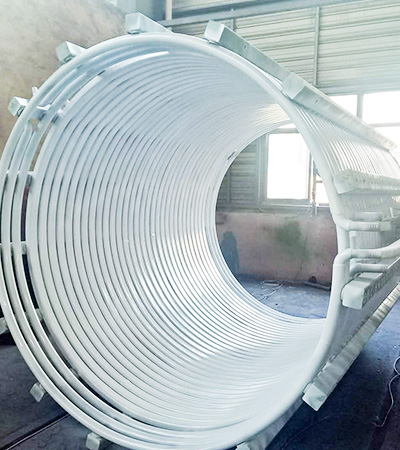An induction furnace is a kind of electrical furnace that applies heat to metal using induction. It can be used to melt metal, weld metal, or even melt glass. Its unique design allows it to fit into a small space. It also provides great precision and repeatability. There are many different types of induction furnaces available.
One of the most notable features of an induction furnace is its speed and efficiency. These features make induction furnaces one of the fastest ways to heat any product. This type of furnace can produce hot metal and liquids within a few minutes. It is also very safe to operate, as it does not produce any fumes or emissions, unlike other heating methods.
Direct core induction furnaces create a stirring effect in the molten metal, resulting in greater uniformity in the end product. The high current density can also cause the complete interruption of the secondary circuit, causing a pinch effect. The pinch effect causes voids and bubbles to form in the molten metal. However, the pinch effect is temporary and is caused by the frequency and power of the heating process.

When using an induction furnace, it is important to choose the right one for your application. This can be done by taking into account the type of metal and amount of metal you're melting. If you're processing large amounts of metal, it's best to use a high frequency furnace. Otherwise, it might be cheaper to use an induction furnace for a smaller amount of metal.
Another reason to use an induction furnace is that the amount of energy it consumes is lower than that of an EAF. The induction furnace also has a low requirement on the electric grid, so it's less costly to operate. Additionally, it's a relatively cleaner process, which results in higher yields and lower ferro-alloy consumption. Finally, it's much smaller, with a smaller footprint and lower capital costs.
An induction furnace can handle temperatures up to 3000 degrees C and is ideal for gas mixtures. Its chamber can be designed like a pressure vessel or made of electrically conducting steel. The furnace's power output can be regulated to 80 percent of the load power. The power from an induction furnace is converted into heat in a variety of ways, depending on its operating frequency.
An induction furnace uses high-frequency induction heating to melt metals and alloys. It works by running an alternating current through a coil around the crucible. This current causes eddy currents in the metal, which heat the metal. The coil is surrounded by magnetic yokes to reduce leakage flux.
An induction furnace is a good choice for metal casters who are looking for energy-efficient equipment. In addition to optimizing maintenance practices, an induction furnace can also lower the amount of electrical power needed to produce products. A furnace's thermal efficiency varies from 60 percent to seventy percent depending on its size, power density, and smelting practices. Traditionally, an induction furnace remains open during the entire melting process, and workers monitor the quality of the molten bath. This results in substantial heat loss, but special lids can reduce this loss and reduce the time the furnace is opened during melting.

 English
English España
España EN
EN
